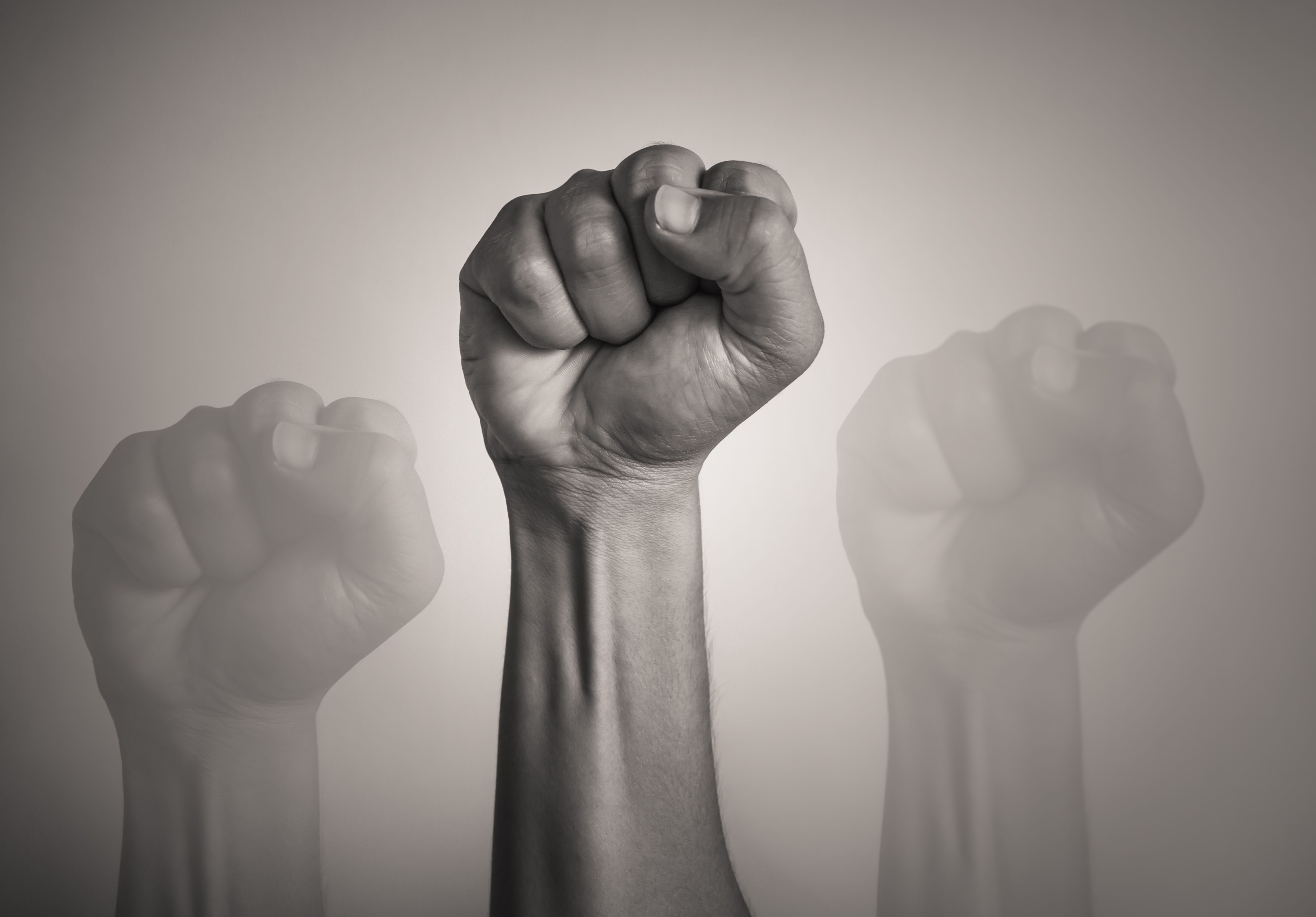The keys to reducing violence in health care settings
Learning to manage emotions and recognize needs of others lessens the tension that causes aggressive behavior.
© kieferpix - stock.adobe.com

There are no easy solutions to preventing violence in health care settings. However, conflicts that cause violence often stem from stress and anxiety and are enflamed by moments of microaggressions that are either unnoticeable or unintentional.
Learning how to recognize and manage these moments can help health care workers reduce violence in care settings before it starts. By empowering health care workers to develop and practice self- and other-awareness, and leveraging the empathy that is a core trait among those in the profession, we can create a shift from reacting to violence toward prevention, thereby creating the violence reduction everyone seeks.
Microaggressions: A two-way street
In our personal interactions, there are little moments and signals. When they occur alongside the extreme emotions people experience in health care — exhaustion, confusion, pain, frustration and sorrow — it can trigger past trauma and anxiety that creates conflict. For example, a health care worker may encounter a patient who has faced an extended period in a waiting room, confusion over treatment or a bill, or fear when they or a family member face a diagnosis.
In these moments, we must learn how to enhance our awareness of others, focusing on the individual in their moment. Health care workers know their role is to be ready and receptive to a person’s needs, but without realizing it our unconscious actions could be perceived as microaggressions that may enflame already tense emotions. Whether we intend to or not, we bring our own emotional state into these interactions. This is why it’s so important to match our awareness of others with self-awareness.
It’s too simplistic to say managing our emotions is the solution to everything. However, starting there establishes the building blocks we need to reduce tension and anxiety. The more stress we experience, the more anxiety we transmit to others. When we’re working fast, under the tremendous pressure of emergency care situations, we may misread a cue stemming from a cultural difference, trigger a traumatic moment in a patient’s own experiences, or convey a lack of empathy in our body language.
We’re never going to eliminate all of these, but the more aware we are of our own emotions and the more focused we are on empathizing with others, the better we’ll become at limiting unintentional microaggressions. In some cases we may feel personally attacked and have our own traumas triggered. In such cases, we must rationally detach—keep calm and stay in control of our behavior during an uncomfortable situation despite feeling angry or frustrated.
There are no magic words to diffuse difficult situations. When emotions are tense, something as simple as a facial expression or the way we stand can send a message another person could perceive negatively. Recognizing this is important, and fortunately, there are simple steps to help.
Self-help techniques
When we have difficulty managing stress we need to employ basic techniques to center ourselves so we can focus on helping the individual in front of us. Here are a few:
- Breathe — When entering and managing a new situation, remember to breathe. Slowly. Deeply. The peace that brings is important to centering and focusing on awareness.
- Self-talk — Each person, need and interaction is new and different. We shouldn’t carry one challenge to the next. A person in distress may not be trying to challenge us, they may just be having difficulty expressing themselves. We need to pause and remind ourselves of this.
- Rationally detach — This is an important skill to acquire. It’s the ability to manage our own behavior and attitude and not take the behavior of others personally. Listen. Hear. Set the emotion of a challenging moment aside and focus on what the other person needs while maintaining empathy.
- Nurture — Meeting our own physical needs is important. Stopping to drink a glass of water or eat if we’re hungry helps us feel better.
- Support — When we’re feeling stressed and need a moment to catch our breath and get in the right mindset, we need to acknowledge that we may need support. It’s ok to ask for help. Having someone else’s perspective helps everyone focus on communicating what they need.
- Recognize and apologize — When we inadvertently convey a microaggression, sometimes the best thing to do is to pause, recognize it and apologize. We should never minimize the other person’s feelings. Just saying we’re sorry and recognizing the situation can convey the crucial empathy that lets the other person know we see them and are thinking of their needs.
Holistic Change
Ultimately, to reduce violence in health care we need a paradigm shift. We must begin with the understanding that we can’t control someone else, but we can control our emotions, actions and words.
Health care workers are called to lead and serve in a selfless profession. To support that selflessness, leadership can ensure they have the tools, support and mandate needed to work together to create a peaceful, non-violent workplace that is safe for everyone.
Schill is vice president of training at the Crisis Prevention Institute